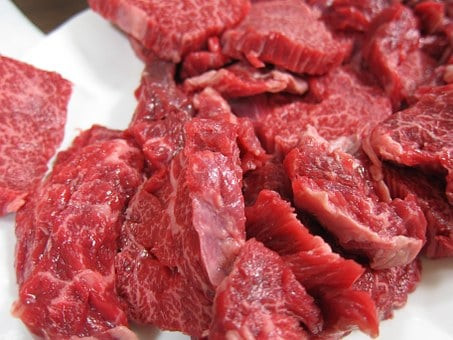A 3D printer for creating meat and other food products has been developed by Russian scientists. The new technology will make it possible to produce not only meat products, but also chocolate, cakes and dough. Scientists from the Moscow State University of Food Production (MGUPP) told Izvestia the nuances of the production of printed food.
To make a meat product on a 3D printer, a biopsy is taken from the animal - a tissue pluck, the cells of which are later propagated in special bioreactors. However, the process of growing cells takes several months. The second stage is the preparation of raw materials.
“A special plant-based substrate is printed, on which living cells are applied. Layers of animal and plant materials alternate,” said Alexei Kuchumov, Vice-Rector for Research and Development of MSUPP.
One of the benefits of 3D printed food is that it solves the problem of so-called "hidden hunger". As Kuchumov explained, a person often receives less vitamins, microelements and antioxidants from ordinary foods. It will be possible to add exactly those micronutrients that the human body lacks in printed products.
“We are currently working on a database of smart recipes that will be like instructions for a printer, like a costing card for a chef,” said Alexey Kuchumov.
In the near future, scientists plan to improve the already developed device so that more complex products can be printed on it - sausage, cutlets and even steak. Now the printer is able to create food from relatively simple ingredients: chocolate, dough, puree masses.
One of the problems with making and distributing printed food is its cost. The price of such products is many times higher. For example, 3D printed beef is a thousand times more expensive. How to reduce the price, scientists at SCiFi Foods (California, USA) came up with the help of gene editing of a cell line using CRISPR technology.
Russian experts are sure that as soon as technological products become available, the demand for them will increase.
"Bioprinting has a special applied value in specialized nutrition. Using a 3D printer, it will be possible to create a product that a person needs for health reasons. "Printed" food will not just be a protein enriched mixture, but food very similar to traditional food," she said. Director of the Federal Scientific Center for Food Systems named after V.M. Gorbatova Oksana Kuznetsova.
In 2021, the expert predicted that in a hundred years each person will have a unique diet, the products for which will be printed on a home 3D printer.
© Inline LLC 2015-2025. Privacy Policy | Terms of Service